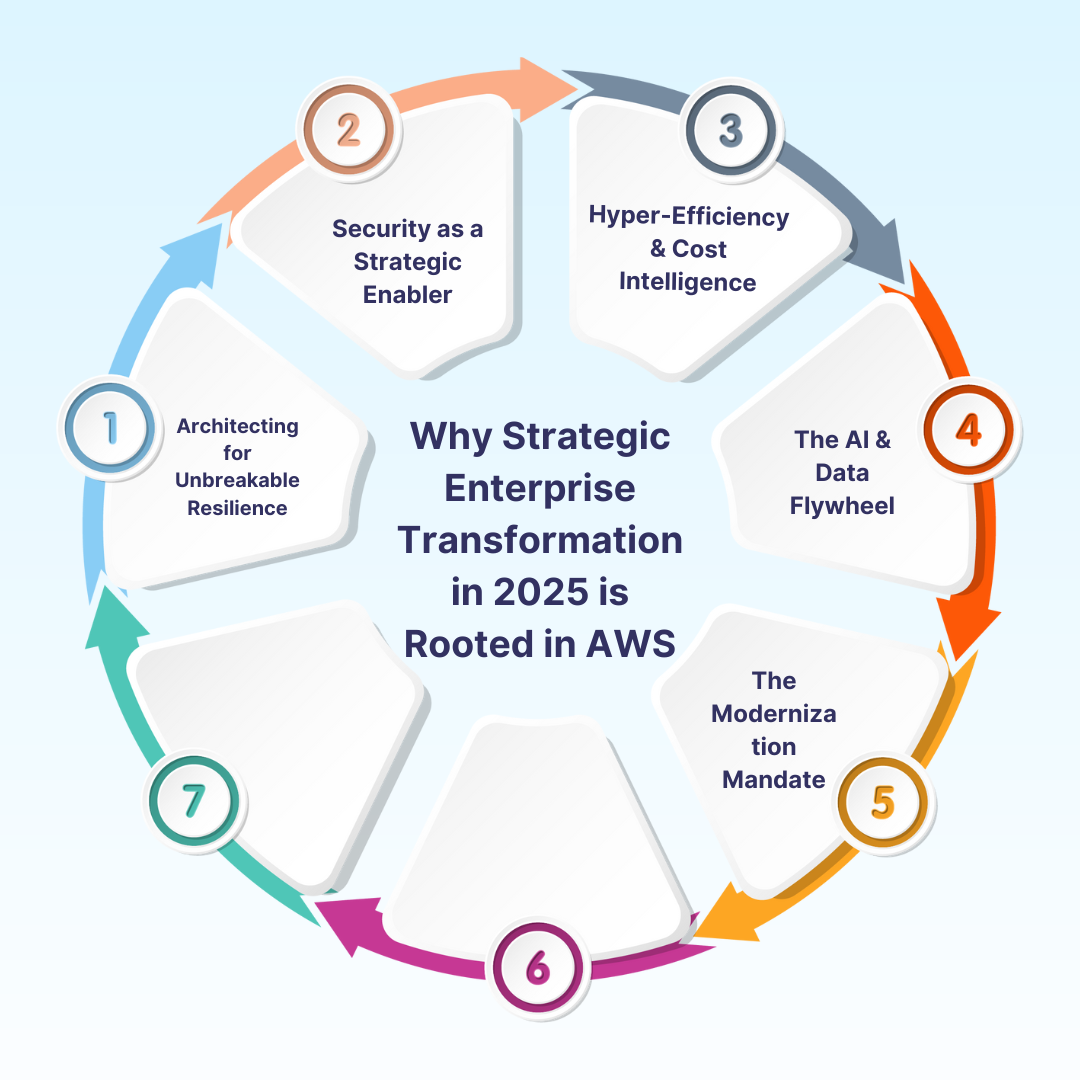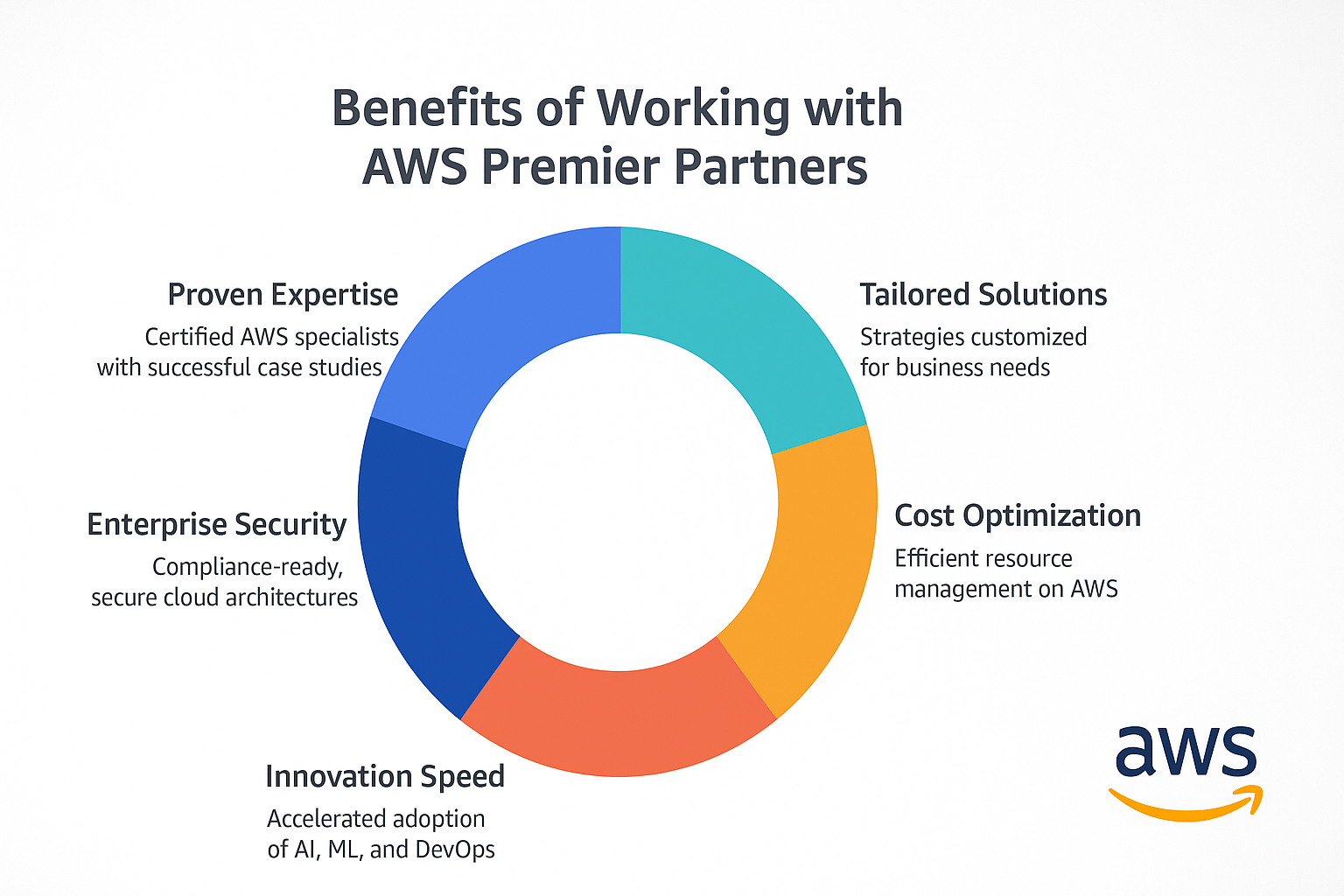In the world of modern application development and microservices architecture, service mesh has become a popular term. But what exactly is a service mesh, and why is it important? In this blog post, we will demystify service mesh, explaining its concepts, benefits, and use cases, so you can better understand this powerful tool for managing microservices-based applications.
What is a Service Mesh?
At its core, a service mesh is a dedicated infrastructure layer that provides communication and coordination between microservices in a distributed application. It is typically implemented as a set of sidecar proxies that are deployed alongside each microservice instance in the application. These proxies intercept all communication between microservices, allowing for advanced traffic management, monitoring, and security features.
Service mesh provides a way to abstract and centralize common networking concerns, such as load balancing, circuit breaking, service discovery, and authentication, among others. It also allows for observability of the communication patterns between microservices, providing valuable insights and telemetry data for troubleshooting and monitoring.
Why is Service Mesh Important?
As modern applications are increasingly built using microservices architecture, where an application is broken down into smaller, loosely coupled services, the complexity of managing these services and their interactions grows exponentially. Service mesh provides a solution to this complexity by offering a unified and standardized way to manage communication and coordination between microservices, regardless of the underlying infrastructure or programming language.
Here are some key benefits of using a service mesh in your microservices-based application:
- Traffic Management: Service mesh provides advanced traffic management features, such as load balancing, circuit breaking, and traffic shaping. This allows you to control the flow of traffic between microservices, ensuring optimal performance, fault tolerance, and resilience.
- Observability: Service mesh enables comprehensive observability into the communication patterns between microservices, including logging, monitoring, and tracing. This allows you to gain insights into the behavior and performance of your microservices, helping with troubleshooting, debugging, and performance optimization.
- Security: Service mesh provides robust security features, such as mutual TLS (Transport Layer Security) encryption, authentication, and authorization. This helps you secure the communication between microservices and protect against unauthorized access and data breaches.
- Scalability: Service mesh allows you to scale your microservices independently, without having to worry about complex networking configurations. It provides automatic service discovery and load balancing, making it easier to scale your microservices horizontally as needed.
- Flexibility: Service mesh is programming language and infrastructure agnostic, meaning you can use it with any programming language or container orchestration platform, such as Kubernetes, Docker, or Istio. This makes it a flexible solution that can be used in a variety of application environments.
Use Cases for Service Mesh
Service mesh is well-suited for managing microservices-based applications in complex environments. Here are some common use cases where service mesh can be beneficial:
- Cloud-Native Applications: Service mesh is widely used in cloud-native applications that are deployed in containerized environments, such as Kubernetes. It provides advanced networking capabilities that are essential for managing microservices in a dynamic and scalable cloud environment.
- Microservices-Based Applications: The service mesh is designed specifically for managing microservices-based applications, where communication and coordination between services are critical. It provides a dedicated infrastructure layer to handle the complexities of microservices communication, making it easier to manage and scale microservices.
- DevOps and CI/CD Pipelines: Service mesh can be integrated into DevOps and CI/CD pipelines to automate the deployment, management, and monitoring of microservices-based applications. It helps streamline the development and deployment process, ensuring consistency and reliability across microservices.
Multi-Cloud and Hybrid Environments: Service mesh can be used to manage microservices-based applications in multi-cloud or hybrid environments, where applications are deployed across different cloud providers or a combination of cloud and on-premises infrastructure. It provides a consistent way to manage communication and coordination between microservices, regardless of the underlying infrastructure, making it easier to build and operate applications in complex hybrid environments.
Microservices Governance: Service mesh can be used as a governance tool for managing microservices within an organization. It provides centralized visibility and control over microservices communication, allowing organizations to enforce policies related to security, compliance, and performance.
In summary, the service mesh is a powerful tool for managing microservices-based applications in modern application development. It provides advanced traffic management, observability, security, scalability, and flexibility features that are essential for building and operating complex distributed applications. With its sidecar proxy-based architecture, service mesh abstracts and centralizes networking concerns, making it easier to manage microservices regardless of the underlying infrastructure or programming language.
Some popular service mesh implementations include Istio, Linkerd, and Consul. These tools offer a rich set of features and integrations with popular container orchestration platforms like Kubernetes, making them widely used in the microservices community.
Conclusion
Understanding the concepts, benefits, and use cases of service mesh is crucial for developers, operations teams, and architects who are building and managing microservices-based applications. Service mesh provides a powerful abstraction layer that simplifies the complexities of microservices communication, allowing organizations to build resilient, scalable, and secure distributed applications. So, if you're embarking on a microservices journey, consider leveraging the capabilities of a service mesh to enhance the management and observability of your microservices-based applications.











